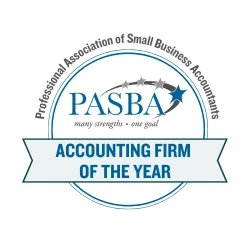A bond is simply a certificate which the borrower promises to repay within a certain time period. For the privilege of using the money, the government entity, municipality or company will agree to pay a certain amount of interest per year, usually an exact percentage of the amount loaned.
Bondholders do not own any part of the companies they lend to – they do not receive the benefits of dividends or the privilege to vote on company matters as stockholders would, and the success of the investment isn’t related to that company’s record in the market either. A bondholder is entitled to receive the amount that was agreed upon, as well as the principal of the bond.
Corporate bonds are generally issued in the denominations of $1000. This price is referred to as the face value of the bond – this is the amount that is agreed to be paid by the company at the time that it matures. Bond prices can differ from their face values, because the prices of the bonds are correlated to the current market rates. When these rates change, the value of the bond will as well. If one were to sell the bond before the time that it matures, the bond may be worth less than was initially paid. A callable bond is one that the issuer may choose to buy back at full face value before the maturity date.
There are three major features of bonds:
- Issuing Organization
- Maturity
- Quality
Short Term Bonds mature in two years or less and long term bonds mature in ten or more. Intermediate is between two and ten years.


